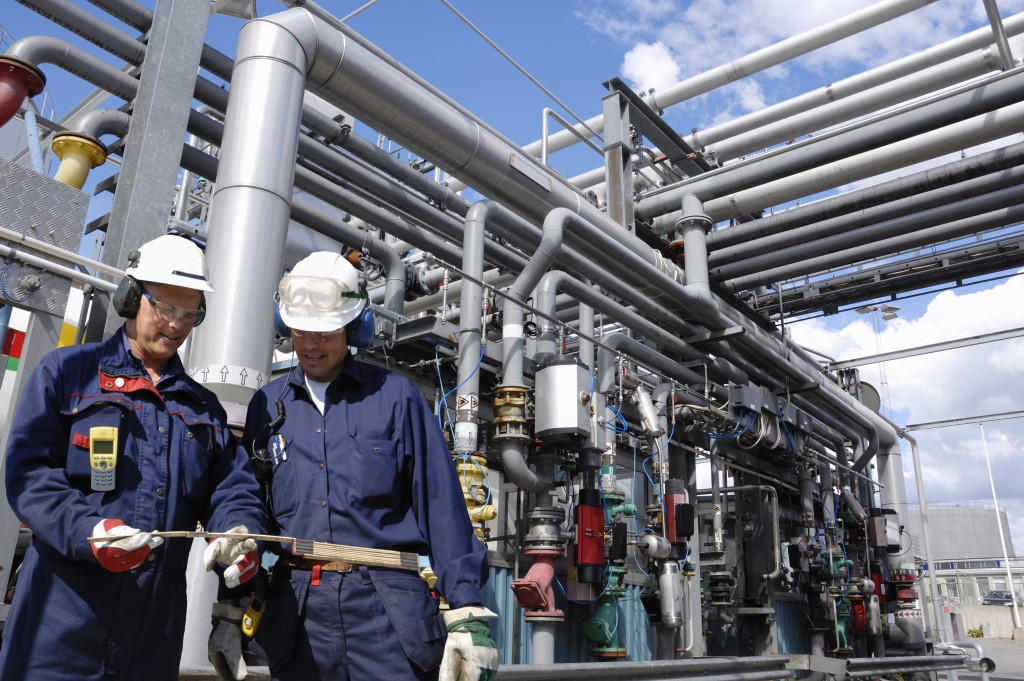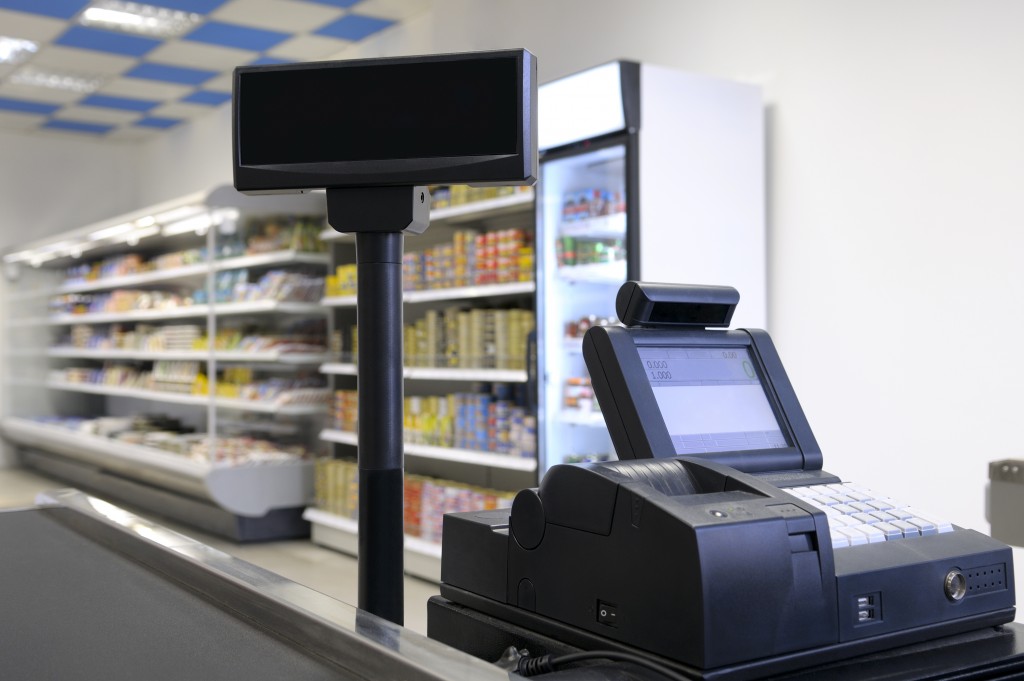Manufacturing plants are responsible for producing various products and materials, but the production process can also come with potential hazards. This article will provide an overview of common workplace hazards that could be present in your manufacturing plant.
Chemical Exposure
Many manufacturing processes require chemicals, which can cause workers to be exposed to hazardous substances. Substances like hydrochloric acid, caustic soda, and chlorine can irritate the skin and eyes, cause burns or nosebleeds, or even lead to death if ingested.
Workers should be provided with appropriate safety equipment such as respirators, gloves, and other protective gear to minimize their risk of exposure. Employers should also have a system to properly store and dispose of hazardous chemicals according to regulations.
Noise
Machines used in manufacturing plants can produce a loud noise, which can cause hearing loss or other health issues over time if not addressed properly. Employers should reduce the noise levels in their facility by using soundproofing materials, installing sound-dampening curtains or partitions, using quieter machines, or providing employees with earplugs or other hearing protection devices.
Additionally, you should know that machines producing more noise than they should might be faulty and need maintenance. Discuss maintenance procedures with your supervisor and ensure you follow all safety regulations to keep yourself safe.
Electrical Hazards
If not managed properly in a manufacturing environment, faulty wiring or unsafe electrical equipment usage can cause serious injuries or even death. Common hazards include faulty connections, overloaded circuits and machines, exposed electrical parts, and damaged cords or other protective gear.
Employees should be trained on proper electrical safety protocols, such as avoiding overloaded circuits and checking cords regularly for fraying or exposed wires before use. The company’s maintenance staff should also perform regular inspections of all electrical equipment and document any repairs needed promptly so they do not become a hazard later on down the line.
Heat
High temperatures from heat sources like ovens and furnaces can create a potentially hazardous work environment for employees if not managed properly. If employees are exposed to high temperatures for long periods of time, they could be at risk of heat-related illnesses such as fatigue, dizziness, or even more serious health issues.
Employers should provide appropriate cooling systems for their workers and ensure that all machines operate within safe temperatures to avoid any potential issues caused by extreme heat. Workers should also be allowed to take regular breaks in a cool environment and follow other safety protocols for working in hot environments.
Slips, Trips, and Falls

Slips, trips, and falls can happen easily in a manufacturing environment with wet or greasy surfaces. Employees should be trained to maintain safe footing by keeping walkways clear of debris and wearing the proper footwear.
But if you really want to ensure that your walkways and work areas are clean to prevent trips, consider employing the help of a cleaning service. A top-quality, professional cleaning service can expertly clean and maintain your manufacturing plant, ensuring a safe and hazard-free work environment for all employees.
Environmental Waste
Manufacturing plants that produce large amounts of waste can be a potential environmental hazard if not managed properly. Employers should take steps to control or manage waste, such as recycling materials or disposing of hazardous chemicals according to regulations, to protect the health and safety of workers and the environment. Employers must ensure that any runoff from the manufacturing process is kept within safe limits and that all employees are properly trained in environmental protection protocols.
In addition, if your manufacturing plant produces a high volume of waste or uses potentially hazardous materials, it is important to have an effective waste disposal system to minimize the risks of exposure and environmental damage. Consider investing in a roll-off truck to collect and transport waste to a local landfill. But you also need to ensure that you have the right truck for the job. For example, a new 2022 Mack truck would be a good choice if you want to invest in a durable and reliable vehicle capable of safely transporting waste. With the right safety training and an effective waste disposal system, you can help keep your workers safe and prevent negative environmental impacts.
With these potential hazards in mind, employers need to minimize risks and ensure a safe work environment for their employees. This may include providing proper safety equipment such as respirators or hearing protection, implementing regular electrical equipment inspections, ensuring that the temperatures in work areas are just right and that they’re free of debris and other clutter, and ensuring that environmental waste is properly managed. By taking these precautions, employers can help minimize workplace injuries or health issues for their employees.

